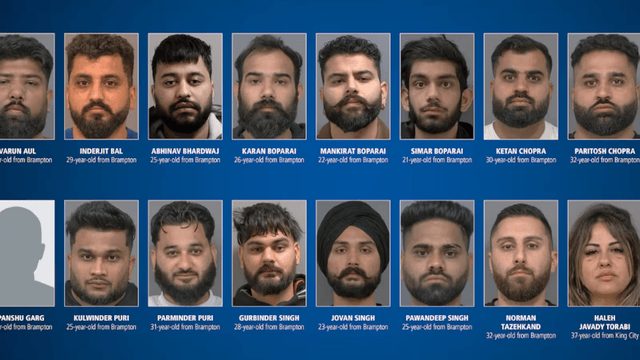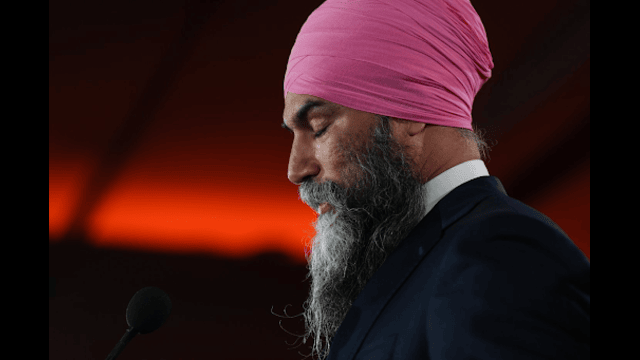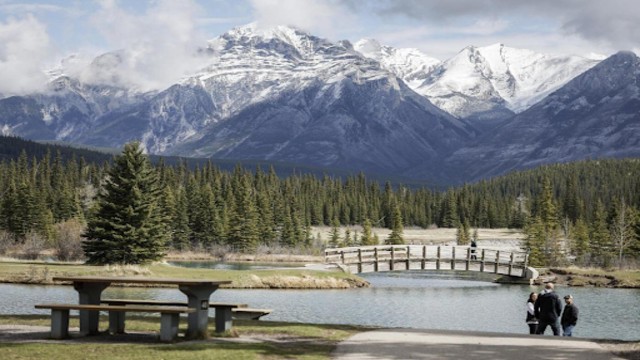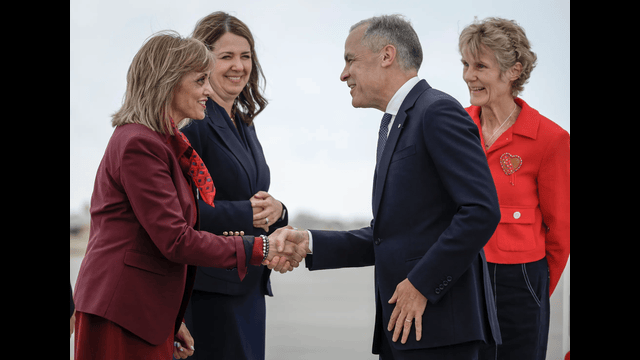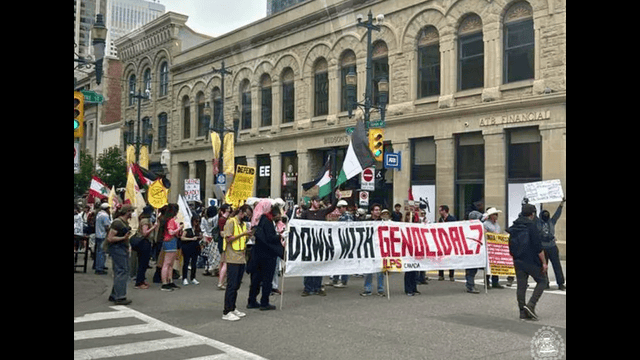
Early Monday morning, a person ventured onto the icy surface at Oak Street Beach along Chicago's Lake Michigan shoreline to capture photos just before sunrise. AP Photo
Over 220 million Americans are experiencing intense cold, with a rare and potentially historic winter storm sweeping across the southern United States. This extreme weather could bring snow to areas as far south as Florida and the Gulf of Mexico, causing travel disruptions and significant challenges for communities unaccustomed to such conditions.
Southern states like Louisiana, Georgia, Alabama, Florida, and Mississippi have declared emergencies, while Texas has mobilized resources to address the snow and freezing rain. The storm, expected to peak between Monday and Wednesday, will affect cities from Texas to South Carolina. “This is the time when you can cook you a big pot of gumbo,” remarked Louisiana’s governor, highlighting the need for people to stay home and prepare.
A light layer of snow blanketed the National Mall on the evening before the 2025 Presidential Inauguration, which is being moved indoors due to bad weather. Reuters
Authorities have urged residents to avoid travel, keep water running to prevent frozen pipes, and check smoke detector batteries. For many in the South, this level of winter weather is unprecedented. “Most of us haven’t experienced this combination of bitter cold and significant snow ever in our lifetime,” said a Louisiana climatologist.
The National Weather Service has labeled this storm as a “generational winter event” with far-reaching impacts. Already, over 1,700 flights have been canceled, primarily in Texas and Louisiana. Houston’s major airports are closed, and other southern airports are taking precautions to ensure safety during the storm.
On Monday afternoon, cold weather alerts were issued across large parts of the United States. CNN Weather
Schools and public services are also shutting down across affected states. In Houston, the largest school district in Texas will remain closed until Wednesday, while New Orleans has suspended public transit and closed schools. “Be ready to stay in for three days,” advised New Orleans’ emergency management director.
Adding to the challenge, Arctic air has plunged temperatures 20 to 30 degrees below normal from the Canadian to Mexican borders. Wind chills as low as -57°F were reported in North Dakota, with frostbite risks on exposed skin in under five minutes. Even southern cities like Houston and Atlanta are expected to see below-freezing temperatures, risking widespread pipe bursts.
The storm could set snowfall records in areas unaccustomed to snow, such as Houston, Baton Rouge, and Pensacola. Parts of the Interstate 10 and 20 corridors may experience whiteout conditions, prompting warnings of potential blizzard conditions in southern Louisiana—a first for the region.
On Monday, a man shoveled a walkway outside his home in Denver, braving single-digit temperatures. CNN
Authorities are working to assist vulnerable populations, opening warming centers and encouraging people to stay indoors. In Houston, the mayor emphasized the importance of preparing homes, especially wrapping water pipes, as the city faces over 1,000 active leaks.
Meanwhile, northern states are grappling with even colder conditions, with cities like Chicago and New York enduring sub-freezing temperatures for days. Emergency officials in Minnesota urged residents to carry survival kits and wear protective clothing in the dangerous cold.
The combination of freezing temperatures, heavy snow, and ice poses serious risks to travel and daily life. Residents across the affected regions are urged to prioritize safety as this rare winter storm unfolds.


